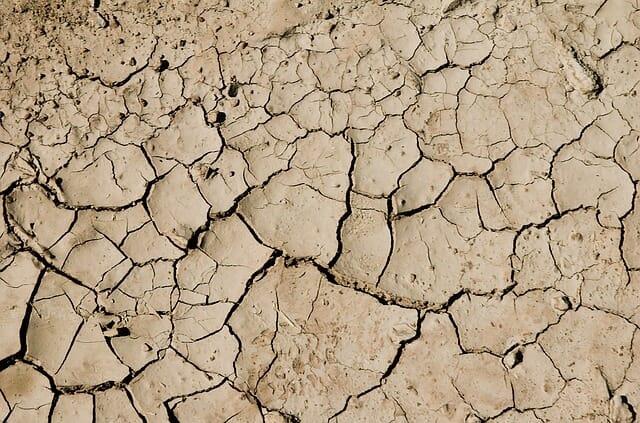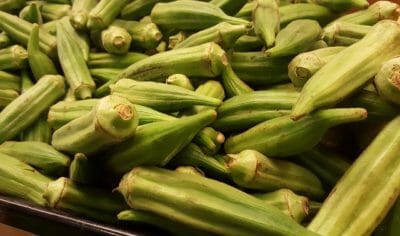Whether you live in an area susceptible to drought (hello American Southwest!) or not, chances are your garden at some point will experience dry conditions.
If you’re fortunate, you can just hook up a hose and let your irrigation system run. But in some cases, water may be rationed or it might not be feasible or possible to water a garden by turning on a tap.
Since droughts will happen, it’s smart to plan ahead. There are several things you can do to prepare, such as choosing your garden location wisely. Ensure your vegetables are shaded during the hottest parts of the day and keep them far from ornamental plants, shrubs, trees and lawn so that they don’t have to compete for precious water. Once you have the best possible location chosen, the next step is choosing drought-tolerant vegetables and seed varieties.
The one vegetable to avoid planting if you anticipate drought is corn. Corn grows quickly, passing rapidly through several different stages. It requires a lot of water to support that growth. If corn is stressed from a lack of water during an early stage, all of its subsequent stages will be negatively affected.
Looking For Non-GMO Seeds? Get Them From A Company You Can Trust! [2]
Other crops that perform poorly during droughts can still be planted, with some planning. Cool-weather crops, for instance, will not do well in hot, dry conditions. However, if they are planted in early spring or early fall (as they should be), they will avoid the worst of drought season. Cool-weather crops include most leafy greens (such as lettuce, mustard, arugula, collards, kale, spinach, and Swiss chard), turnips, radishes, peas, carrots and cabbage.
Most other vegetables will do at least moderately well during extended periods of high temperatures and limited water. However, for best results, seek out varieties that are known for their drought tolerance.
Tomatoes, for example, develop extensive roots to seek water deep beneath the surface. While they have access to more water than other vegetables, their flowers will suffer during periods of extended heat. Those flowers will not set fruit, and production will be lowered. However, by choosing a variety that’s drought-tolerant, you can mitigate some of these issues. Cherokee Purple, Mortgage Lifter, Arkansas Traveler, Valencia and Neptune are some tomato varieties that handle drought relatively well. Additionally, by planting early-producing varieties, like Early Girl and Roma, you can bypass the effect of deep summer drought on tomato flowers.
In fact, any short-season vegetable, including both bush and pole beans, are ideal for your drought-resistant garden because their fruit will set, and possibly even be harvested, before the worst of the summer heat hits.
But for vegetables that will flourish in drought conditions, look to those that are native to hot, dry regions. Tepary beans, black-eyed peas, and lima beans all perform well in drought conditions. Tomatillos and jicamas, both native to Mexico, are other star performers during droughts.
Other vegetables that can perform well in a hot, dry garden include:
- Okra, especially Gold Coast, Stewart Zeebest and Beck’s Big Buck varieties.
- Eggplant, especially Listada de Fandia, Black Beauty and Ping Tung Long varieties.
- Peppers, especially Carolina Wonder, Charleston Belle and Aji Dulce varieties.
- Cucumbers, especially Little Leaf H-19, Ashley and Suyou Long varieties.
- Both winter and summer squash, especially Moschata, Tromboncino, Waltham Butternut and Dark Star varieties.
- Melons of all types, including cantaloupe and watermelon.
- Asparagus and rhubarb, which are both perennials that can handle drought once established.
While doing research for this piece, I read a few articles that suggested Jerusalem artichokes (aka sunchokes) would work well in a drought-resistant garden. However, a word of caution: Sunchokes are highly invasive, and although they are good for you, they aren’t considered delicious by everyone, and they do tend to give people gas due to their large amounts of inulin. I don’t know about you, but I’m going to pass on the sunchokes.
What vegetables would you add to our list? Share your tips in the section below:

